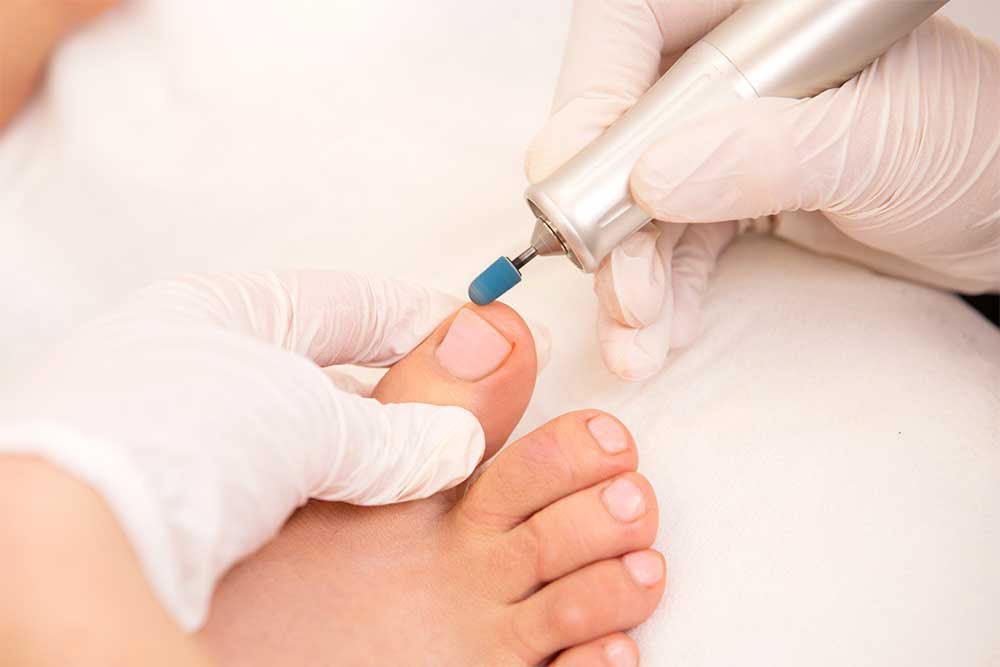
The Achilles is the largest tendon connecting our leg with the foot. This tendon helps the runners to land on the heels instead of the forefoot. This prevents putting extra pressure on the forefoot and calf muscles. Overusing the tendon without using the right shoe can cause inflammation.
You need to visit a qualified and licensed podiatrist for the treatment of this condition. If you live in or near Orange County, CA, you can visit Dr. Sima Soltani Podiatry Office. She is an expert in treating foot-related diseases and injuries and also provides home care services for patients who are homebound due to their existing medical conditions.
How is tendonitis diagnosed?
When you visit your physician, he/she will examine the back of your ankle for pain associated with running or walking, making any of these activities uncomfortable and painful to perform, which is the sign of achilles tendonitis. Your medical provider will check for:
· Tenderness
· Swelling
· Thickening or irregularities
· Painful bumps around the tendon
They will also check your gait for limp during movements performed barefoot while heeled shoes allow you to walk normally. If a complete or partial tendon tear is suspected, the doctor will order an MRI. X-rays are not recommended for making an accurate diagnosis of tendonitis unless the doctor suspects spur formation or damage to the bone of the heel.
Treatment of inflammatory condition of the tendon
The line of treatment for achilles tendon pain depends upon the severity of the condition. When detected early, a conservative protocol is followed for its treatment including:
· Adequate rest to avoid putting pressure on the tendon.
· Use of heel lifts as extra inserts in the shoes of the patient.
· No barefoot walking is allowed.
· NSAIDs such as Advil and Naproxen are prescribed to provide symptomatic pain relief and reduce inflammation.
· Icing is usually recommended to reduce inflammation further.
· In mild cases, you will be asked to do light stretching exercises targeting the calf muscles.
You can gradually return to normal activities once you’re within a few weeks after the inflammation has reduced and the achilles tendon feels better. However, for moderate severity of the condition, you will have to put in additional weeks of functional orthotics for the affected foot and physical therapy apart from the conservative treatment protocol mentioned above.
When a tear is suspected, partial or complete, the treatment protocol followed differs:
· A cast is placed below the knee for partial tears.
· Surgical correction is recommended in cases of complete rupture of the tendon in which 2 tendon ends are stitched together and maintained in position using a plaster cast.
You can return to normal sports after 3 or 4 months from the surgery, in some cases immobilization is required for as long as 6 months. If you return to normal activities too soon, there are very high chances that you can cause re-injury to the tendon. Recovery from severe tendonitis takes many weeks and you should give yourself time to heal to improve the quality of your life.

